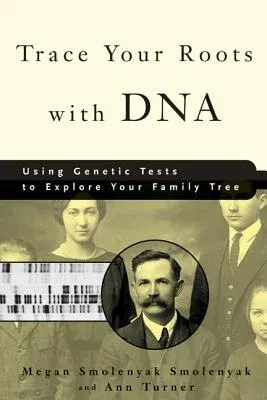Written by two of the country's top genealogists, this is the first
book to explain how new and groundbreaking genetic testing can help you
research your ancestry
According to American Demographics, 113 million Americans have begun to
trace their roots, making genealogy the second most popular hobby in the
country (after gardening). Enthusiasts clamor for new information from
dozens of subscription-based websites, email newsletters, and magazines
devoted to the subject. For these eager roots-seekers looking to take
their searches to the next level, DNA testing is the answer.
After a brief introduction to genealogy and genetics fundamentals, the
authors explain the types of available testing, what kind of information
the tests can provide, how to interpret the results, and how the tests
work (it doesn't involve digging up your dead relatives). It's in
expensive, easy to do, and the results are accurate: It's as simple as
swabbing the inside of your cheek and popping a sample in the mail.
Family lore has it that a branch of our family emigrated to Argentina
and now I've found some people there with our name. Can testing tell us
whether we're from the same family?
My mother was adopted and doesn't know her ethnicity. Are there any
tests available to help her learn about her heritage? I just discovered
someone else with my highly unusual surname. How can we find out if we
have a common ancestor? These are just a few of the types of
genealogical scenarios readers can pursue. The authors reveal exactly
what is possible-and what is not possible-with genetic testing. They
include case studies of both famous historial mysteries and examples of
ordinary folks whose exploration of genetic genealogy has enabled them
to trace their roots.

